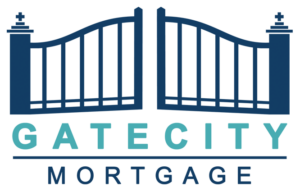Understanding Graduated Payment Mortgages (GPMs)
A Graduated Payment Mortgage (GPM) is a type of loan where the payments start low and increase each year for a predetermined period, typically 5 to 10 years. After this period, the payments become fixed for the remainder of the loan term. This structure can help borrowers qualify for a mortgage even when interest rates are high.
Benefits of GPMs
- Initial Lower Payments: The lower initial payments make it easier for borrowers to qualify for the loan.
- Increased Purchasing Power: Borrowers can afford a more expensive home than they might with a traditional fixed-rate mortgage.
Risks of GPMs
- Negative Amortization: The downside of smaller initial payments is that the unpaid interest is added to the loan principal. This results in negative amortization, where the loan balance increases over time instead of decreasing.
- Higher Long-Term Costs: Over time, as payments increase, borrowers may end up paying more in interest compared to a traditional fixed-rate mortgage.
Example Scenario
Consider a GPM with an initial interest rate of 4% on a $200,000 loan. The payments increase by 7.5% annually for the first 5 years. Initially, the monthly payment is $900. By the sixth year, the payment stabilizes at $1,200 for the remaining term.
- Year 1: $900
- Year 2: $967.50
- Year 3: $1,040.31
- Year 4: $1,118.33
- Year 5: $1,202.18
- Year 6 onwards: $1,200
How GPMs Work
GPMs are structured to help borrowers manage higher interest rates by offering lower initial payments. The increasing payments align with the borrower’s expected rise in income over time. The key components of GPMs include:
- Graduation Period: The period during which payments increase, typically 5 to 10 years.
- Fixed Period: After the graduation period, payments become fixed.
- Negative Amortization: During the initial period, the unpaid interest is added to the loan principal, increasing the overall loan balance.
Considerations
- Income Growth: Ensure your income is likely to increase over time to keep up with the rising payments.
- Loan Terms: Understand the specific terms of your GPM, including the graduation period and rate of payment increase.
- Financial Planning: Plan for the increased payments to avoid financial strain in the future.
Summary
Graduated Payment Mortgages (GPMs) offer an alternative for borrowers facing high interest rates by starting with lower payments that increase over time. While they help in qualifying for a mortgage and buying a more expensive home, they come with risks like negative amortization and higher long-term costs. Understanding the structure and planning for future payment increases is crucial for managing a GPM effectively.

